"An interview is a conversation where questions are asked and answers are given. In common parlance, the word 'interview' refers to a one-on-one conversation with one person acting in the role of the interviewer and the other in the role of the interviewee. The interviewer asks questions, the interviewee responds, with participants taking turns talking. Interviews usually involve a transfer of information from interviewee to interviewer, which is usually the primary purpose of the interview, although information transfers can happen in both directions simultaneously. One can contrast an interview which involves bi-directional communication with a one-way flow of information, such as a speech or oration. Interviews usually take place face to face and in person, although modern communications technologies such as the Internet have enabled conversations to happen in which parties are separated geographically, such as with videoconferencing software, and of course telephone interviews can happen without visual contact. Interviews almost always involve spoken conversation between two or more parties, although in some instances a 'conversation' can happen between two persons who type questions and answers back and forth. Interviews can range from unstructured or free-wheeling and open-ended conversations in which there is no predetermined plan with prearranged questions, to highly structured conversations in which specific questions occur in a specified order. They can follow diverse formats; for example, in a ladder interview, a respondent's answers typically guide subsequent interviews, with the object being to explore a respondent's subconscious motives. Typically the interviewer has some way of recording the information that is gleaned from the interviewee, often by writing with a pencil and paper, sometimes transcribing with a video or audio recorder, depending on the context and extent of information and the length of the interview. Interviews have a duration in time, in the sense that the interview has a beginning and an ending." <a href="#cwrc:727d97bc-af78-4122-94be-aa78b2e97d5a">(DBpedia, 2019)</a>

